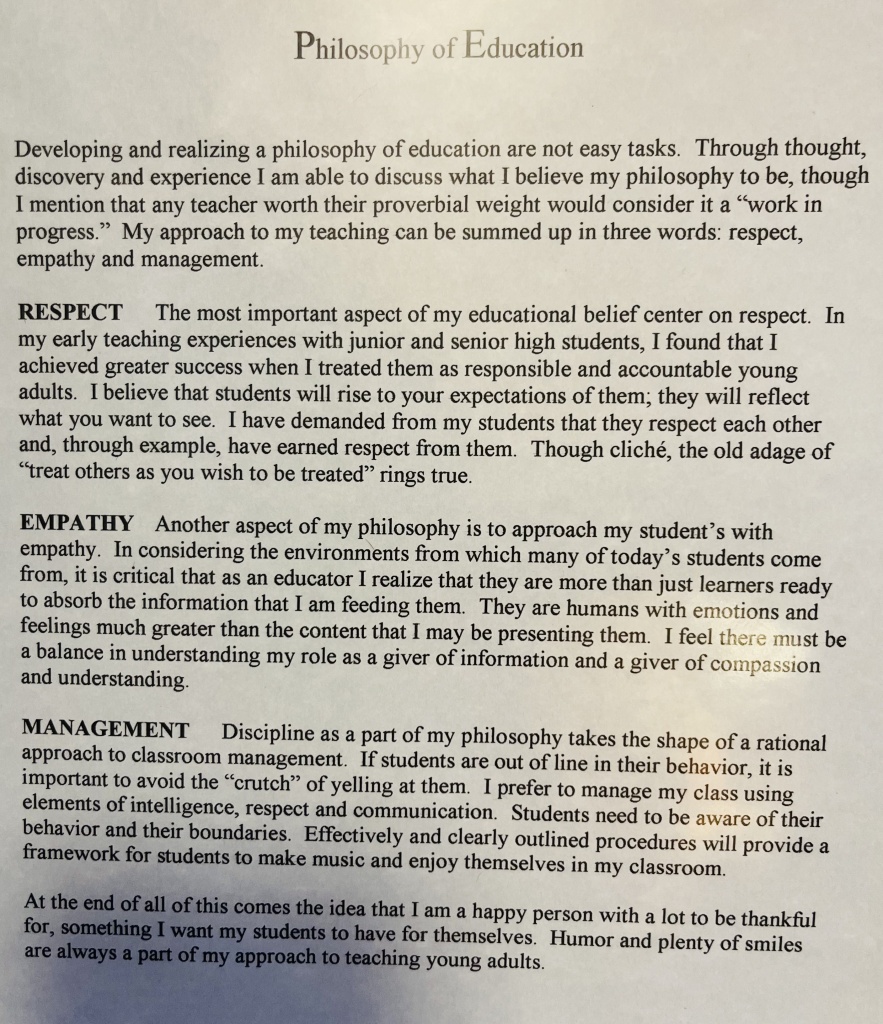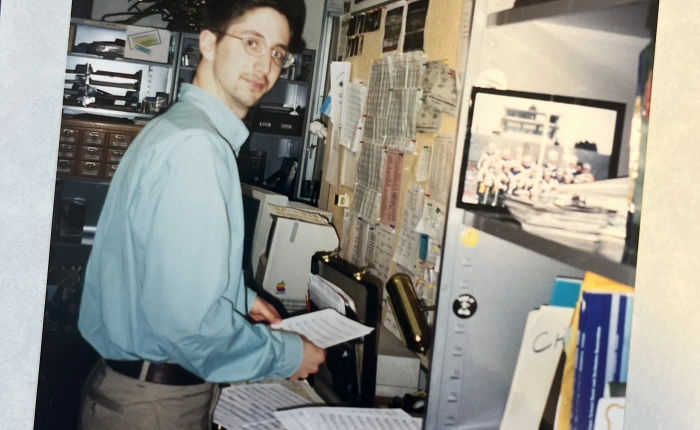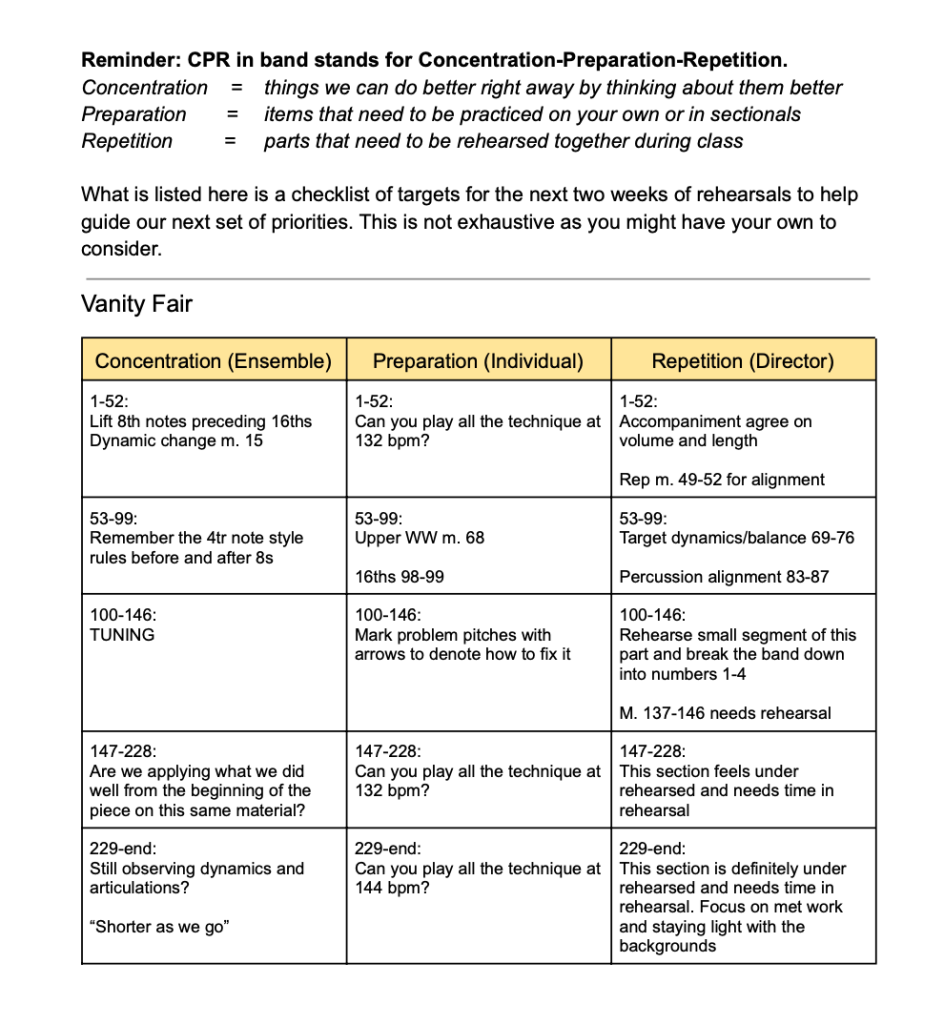There is not a lot about teaching under quarantine that I love. Nothing can truly replace the very real value of human interaction, the a-ha moments, and the connections we make through shared space and time. But there has been something that has been an unexpected joy in this process
This year, while we were still doing in-person instruction, I started including daily conversation starters on the agenda. It became an easy way to build an additional sense of community between the students and created a good energy at the start of each class.
When we moved to online teaching in March (has it really been 7 weeks…ACK!) I knew I wanted to maintain as much routine as I could manage and decided to keep the daily prompt, now reframed as the Question of the Day (QOTD) and posted on Google Classroom.
Each morning I post a new question for all of my classes. It is given as an assignment and is worth 5 points (serving as their daily participation grade). Their answers are visible to one another in the feed for that specific prompt and they can comment on other responses. This has created an additional benefit of everyone participating in a class “discussion” if they want.
For some students completing the QOTD is a box they check, get in-get out. For some students it is a place to connect. They read other answers and leave comments on those responses. I make a point to read all of the responses and leave comments where and when appropriate. It’s been a lot of fun to interact in this way.
I’ve heard directly from some of my kids that they look forward to the QOTD for a variety of reasons.
Here are a few, straight from my students:
- It feels like we are talking in the band room
- I like starting my day with the QOTD. It’s a nice routine
- The QOTD is something fun I look forward to; it makes it seem like you care about how we are doing not just pushing work at us
- Honestly I just like to know how other people are doing
- Thinking about something different, even for a couple of minutes, is a nice break from the thoughts in my head
The other benefit of this, which I alluded to at the top of the blog, has been the unexpected gift of getting to know my students on a deeper level. Really.
Let me explain. My band classes are large. Between 52-90 people per class. We work hard to make connections with the kids in a variety of ways but there is not the time to meaningfully interact with 320 unique students daily. The QOTD has gifted me big and small moments with my students. From the serious to the silly, the heavy to the light, there is plenty of trivial nonsense (also a necessary part of connection!) but also real stuff happening, too.
Would I rather be seeing my classes in person every day?
YES 100% ABSOLUTELY.
But when we return to whatever in-person instruction looks like next year I know the QOTD will remain. It’s the kind of homework I like to grade!
Here is a chronological sample of QOTDs, starting with our first day of online learning. Some of these are original, many are from other sites and all try to meet the moment in gauging what the kids need in the way of conversation and support.
- 3.23
- What do think will be some things you might like about online learning? Some things you might dislike?
- 3.24
- How was your first day of online school? Share a high and a low with the class
- 3.27
- Week 1 Survey (click here for sample but don’t, um, actually take the survey)
- 3.30
- If you could earn the same pay no matter what job you did what would you choose and why?
- 3.31
- If you were forced to give up one of the following which would you and why? Washing your hair | Brushing your teeth | Wearing deodorant
- 4.1
- What music or musician (any type, style, genre) have you been listening to in order to get by? If school appropriate share a YouTube link and provide some new listening recs. Mine? Have a listen here
- 4.14 (spring break happened…)
- Week 3 check in…how are you holding up? Feel free to comment privately if you prefer
- 4.15
- Would you rather have a fun teacher who is bad at teaching their subject or a mean teacher who is good at teaching their subject? Does your answer change depending on the subject? Explain your thinking.
- 4.17
- Week 3 Survey (similar to Week 1 so no link)
- 4.20
- Would you rather be able to talk to animals or speak every language? Why?
- 4.21
- What is something and/or someone you are grateful for? Explain why.
- 4.22
- Which is better…spending a night in a luxury hotel or camping surrounded by beautiful scenery?
- 4.27
- Do you have pets? If so what are your pets names? If no pets, would you want one?
- 4.28
- What do you hope you will be doing for a job in 10 years? Where do you hope you will be doing it?
- 4.29
- Share your favorites with the class: movie | artist or song | tv show | video game
- 5.1
- Who is your oldest friend and where did you meet them?
- 5.4
- What is the most annoying habit someone can have? What do you do to deal with this person or the habit?
- 5.5
- What is your favorite time of day? Why?
- 5.6
- What smell brings back great memories?
- 5.11
- This or that:
- Woodwinds or brass?
- Netflix or YouTube?
- Percussion or guard?
- TikTok or Snapchat?
- Android or iOS?
- Dog or cat?
- In & Out or The Habit?
- Stoneridge Mall or the outlets?
- Friday or Saturday?
- The Office or Friends?
(I legit hope you took the time to complete the last question)
To be clear, some of the responses to these questions have been perfunctory, kind of half-hearted and cursory. I’ve had a couple kids tell me the questions are annoying. I’m happy for that, too, because at least they are having a reaction to me as their teacher, even if virtually!
But many many more of them have answered with insight, humor, awareness and consideration. And while not every question lands with every kid in the same way, they are landing. And we are connecting.
The best part, though, is that I know the squirrels (who will be back in from of me soon enough) just a little bit better than before. But I still miss them like crazy.
Be safe.
Jon










